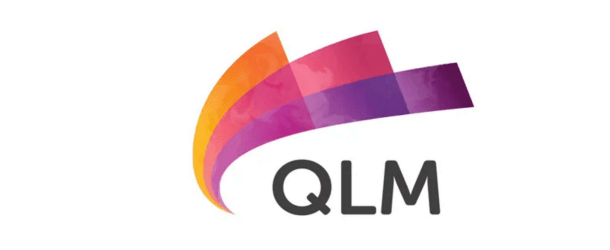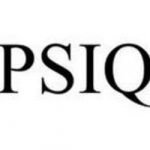Methane Leak-detecting Quantum Camera Will Help to Cut Oil and Gas Industry Emissions

(Phys.org) A new quantum-enabled gas imaging camera will help dramatically cut environmentally damaging methane leaks from the oil and gas industry.
The camera is produced and developed by University of Bristol spinout QLM Technology and funded by the Industrial Strategy Challenge Fund’s commercializing quantum technologies challenge.
It can visualize and measure the amount of gas being lost through leaks from great distances.
This represents a major improvement on current methods of detection, which are time consuming and make measuring the amount lost difficult.
The camera is the result of the two-year Single Photon Lidar Imaging of Carbon Emissions (SPLICE) project.
It can continuously detect, quantify and model the development of leaks, and notify plant operators immediately when gas escapes.
Existing laser-based systems for methane measuring use complex and costly mirror arrays to reflect light into a conventional detector. By contrast, the QLM product uses a revolutionary single photon avalanche detector. The detector is so sensitive it can detect just a few photons of light and can therefore “see” gas without the need for a mirror.
Methane leaks are nothing to be sniffed at. If released into the atmosphere, methane is 84 times more potent as a greenhouse gas than carbon dioxide. UK Research and Innovation’s commercializing quantum technologies challenge director Roger McKinlay said: “This camera uses state of the art quantum technology to ‘see the invisible.” It will help reduce the amount of methane which escapes into the atmosphere through leaks, which is both costly to the oil and gas industry and damaging to the environment. In the year of COP26, innovations like this that find practical ways of reducing emissions have never been more important.”



















